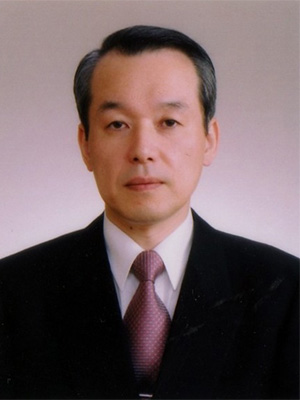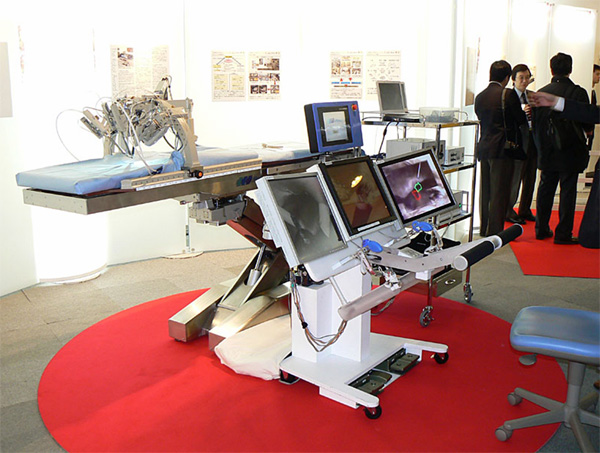Invited Speaker
| 
|
Abstract
Minimally invasive surgery (MIS) offers significantly improved short-term outcomes. It is mainly because less length of incision provides you less pain and earlier recovery to normal activity, resulting in less hospital stay and in less hospital fee. However, there are some problems raised to be resolved; 1) development of the instruments or educational system is immature, and 2) it is difficult to master the psychomotor skill. Novice surgeons face a wide range of barriers that they must hurdle before gaining adequate proficiency in their operations.
Robotic and computer-aided surgical systems are now making exceptional progress in the field of MIS. Robotics allows the surgeon to work at a distance from the operating table in an ergonomically correct position, instead of having to bend awkwardly above the patient. The surgeon's movements are transmitted to the computer at the patient's side. These movements are actually improved by the computer. This technology made it possible to operate on a patient under a remote control with tele-robotics.
Virtual and augmented reality systems can be used not only to teach surgical skills and to facilitate intra-operative procedures, but also to rehearse procedures before performing them. As surgical simulators become more perfected in the near future, surgeons may work out the best operative procedure for each patient and be able to repeat individual steps to improve the surgical technique. Combining augmented reality with advanced robotics could guide surgeons through technically challenging procedures and help avoid injury to vital structures.
We have recently developed a new prototype of the MRI-guided surgical robotic system (Fig. 1). The system consists of master-slave manipulators, tele-robotic system, MR-compatible endoscope system, open MRI and integrated image controller. The robot has four arms; one is for holding the endoscope and the other three are for holding interventional and endoscopic surgical instruments. A newly developed intraoperative MRI-guided surgical robotic system was useful to provide safer and more precise procedures in MIS with preoperative planning system and real-time guidance system of 2D and 3D image navigation.
Incision-less surgery, what is called natural orifice transluminal endoscopic surgery (NOTES), is also a currently developing technology. A small single sized, endoscopy-combined robot is expected to work in the intracorporeal cavity. We have recently successfully performed tele-NOTES with an endoscope-combined robot on a cadaver under remote control between Tulalongkorn University, Bangkok and Kyushu University, Fukuoka.
Robotic and computer-aided surgical systems offer a new paradigm for the 21st century for information transfer and operating room integration. What we need in revolution of surgery is a mind of challenge.

Fig 1. a new prototype of the MRI-guided surgical robotic system.
Biography
Dr. Makoto Hashizume graduated after Kyushu University School of Medicine in 1979 and finished residency at General Surgery II, Kyushu University Hospital. He obtained PhD in 1984 from Graduate School of Medical Sciences, Kyushu University, in the area of pathology for portal hypertension. He worked in Laser Vascular Endoscopy as a Research Assistant Professor at Hahnemann University, Philadelphia, USA, from 1985 to 1986. He then obtained a Faculty position at Kyushu University and has been working in the field of minimally invasive surgery including endoscopic surgery, robotic surgery and portal hypertension. He promoted to Professor and Chairman, Department of Disaster and Emergency Medicine, Faculty of Medical Sciences, Kyushu University in 1999. He is currently the director of Emergency & Critical Care Centre, the director of Training Centre for Endoscopic Surgery and the director of Department of Advanced Medicine and Innovative Technology at Kyushu University Hospital, and Professor and Chairman of Department of Advanced Medical Initiatives, Faculty of Medical Sciences, and Professor of Institute of Digital Medicine Initiative, Kyushu University, Japan.